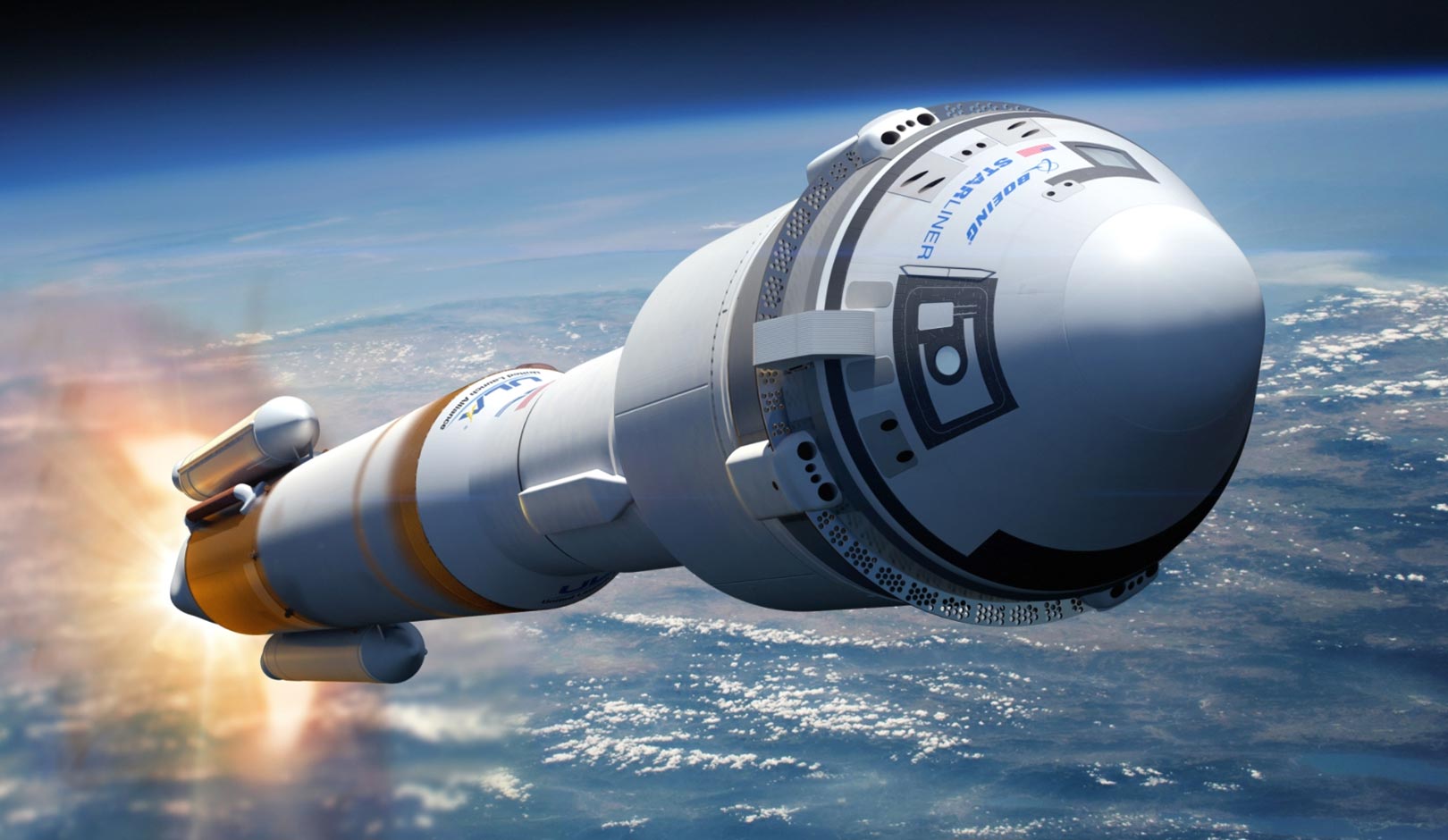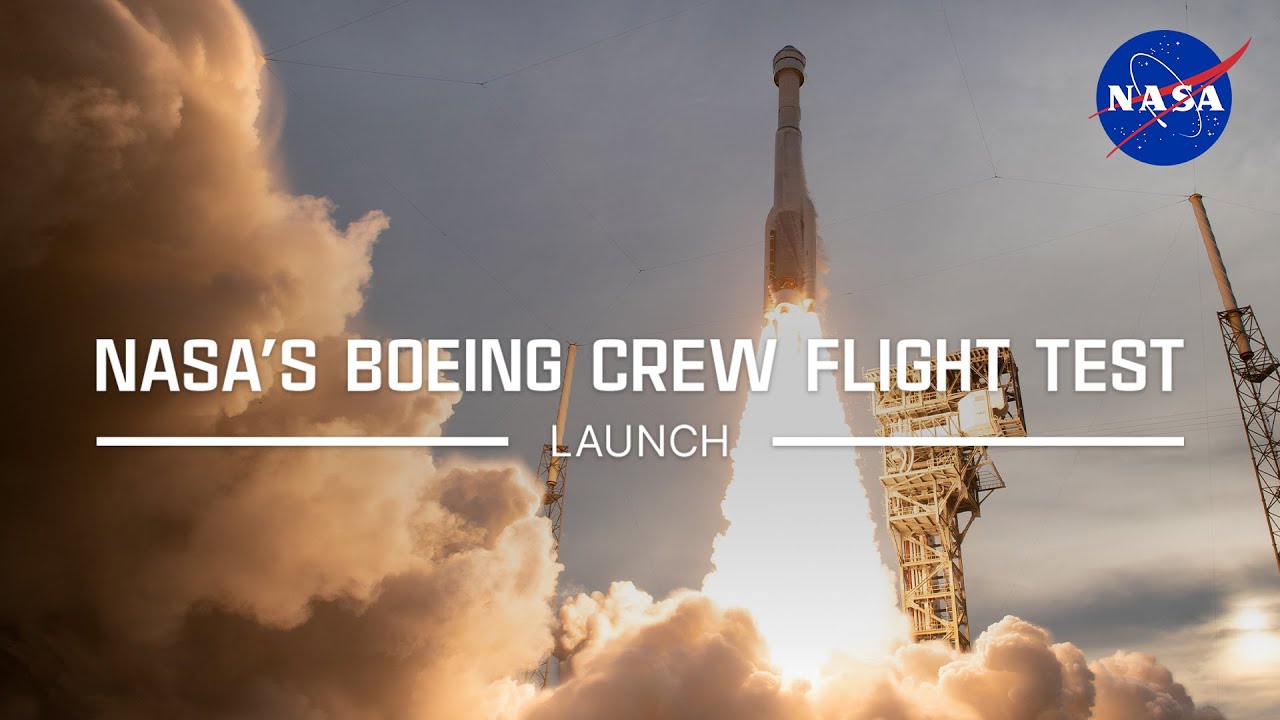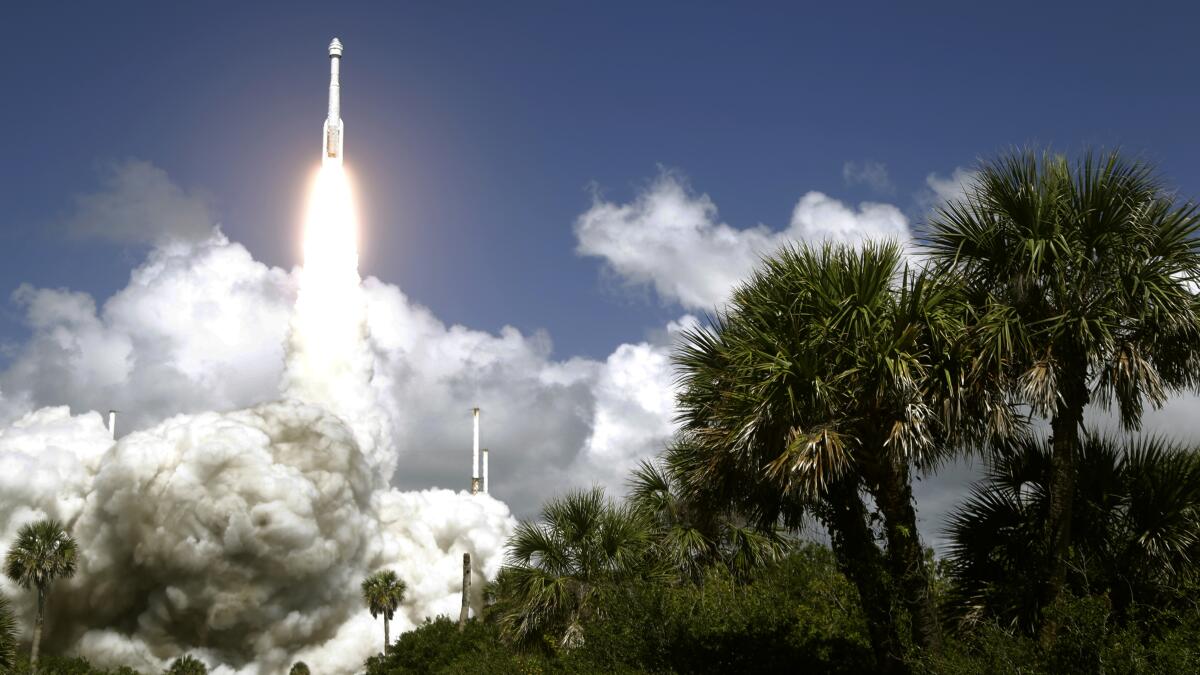NASA and Boeing Starliner Launch Overview: Nasa, Boeing Starliner Launch

Nasa, boeing starliner launch – The launch of Boeing’s Starliner spacecraft marks a significant milestone in NASA’s human spaceflight program. The mission aims to test the spacecraft’s capabilities and pave the way for future crewed flights to the International Space Station (ISS) and beyond.
The highly anticipated NASA and Boeing Starliner launch has been pushed back yet again, leaving space enthusiasts wondering when they can finally witness the spacecraft’s journey. While we eagerly await updates on the launch, fans of the upcoming Disney+ series “The Acolyte” may be curious about its release date.
According to sources, the series is set to premiere on Disney+ on what time does the acolyte come out. Let’s hope that both the Starliner launch and the release of “The Acolyte” bring excitement and inspiration to our screens soon.
The Starliner spacecraft is designed to carry up to seven astronauts and is equipped with advanced systems for autonomous docking, life support, and navigation. It is also reusable, allowing for multiple missions and reducing the cost of space travel.
NASA and Boeing’s much-anticipated Starliner launch, originally scheduled for July 30th, has been delayed once again due to technical issues. While we wait for the next update on the mission, why not catch up on the latest news in entertainment?
Rotten Tomatoes: The Acolyte is a must-read for fans of the upcoming Disney+ series. Back to the Starliner launch, we hope to have a successful liftoff soon, paving the way for future human spaceflight missions.
Key Objectives and Milestones
- Test the Starliner’s ability to autonomously dock with the ISS.
- Demonstrate the spacecraft’s life support systems and crew accommodations.
- Evaluate the Starliner’s performance during re-entry and landing.
Capabilities of the Starliner Spacecraft
The Starliner spacecraft is equipped with a variety of advanced systems and capabilities, including:
- Autonomous docking: The Starliner is designed to autonomously dock with the ISS using a combination of sensors and software.
- Life support systems: The spacecraft is equipped with life support systems to provide a habitable environment for astronauts, including air purification, water recycling, and waste management.
- Crew accommodations: The Starliner has a spacious cabin with comfortable seats, a galley, and a toilet.
- Re-entry and landing: The spacecraft is designed to re-enter the Earth’s atmosphere and land on a soft-landing site in the western United States.
Launch Preparations and Mission Timeline

The launch preparations for the NASA and Boeing Starliner mission involve a meticulous process of vehicle assembly, testing, and crew training. The Starliner spacecraft is assembled at the Kennedy Space Center in Florida, where it undergoes rigorous inspections and testing to ensure its readiness for launch. The spacecraft is then mated with the United Launch Alliance Atlas V rocket, which will propel it into orbit.
Crew Training
The crew for the Starliner mission undergoes extensive training to prepare for the challenges of spaceflight. This training includes simulations of launch, docking, and re-entry procedures, as well as emergency scenarios. The crew also receives training on the Starliner’s systems and operations.
Mission Timeline
The Starliner mission timeline includes several critical events, beginning with the launch from the Kennedy Space Center. The spacecraft will then travel to the International Space Station (ISS), where it will dock with the station for a period of several months. During this time, the crew will conduct scientific experiments and maintenance tasks on the ISS.
- Liftoff: The Starliner spacecraft launches from the Kennedy Space Center atop the United Launch Alliance Atlas V rocket.
- Orbit Insertion: The Starliner spacecraft enters orbit around Earth.
- Rendezvous and Docking: The Starliner spacecraft rendezvous with the International Space Station (ISS) and docks with the station.
- Crew Transfer: The Starliner crew transfers to the ISS.
- Mission Operations: The Starliner crew conducts scientific experiments and maintenance tasks on the ISS.
- Crew Return: The Starliner crew returns to Earth in the Starliner spacecraft.
- Re-entry and Landing: The Starliner spacecraft re-enters Earth’s atmosphere and lands in the Western United States.
Potential Risks and Challenges
The launch and mission of the Starliner spacecraft involve several potential risks and challenges. These include the risk of launch failure, the risk of docking failure, and the risk of re-entry failure. The crew is also at risk of exposure to radiation and other hazards during their time in space.
NASA and Boeing have taken steps to mitigate these risks through rigorous testing and training. The Starliner spacecraft is equipped with multiple redundant systems to ensure its safety, and the crew is trained to respond to any emergencies that may arise.
Scientific and Exploration Implications

The Boeing Starliner mission carries significant scientific and exploration implications, aiming to advance our understanding of space and human spaceflight. The mission includes a comprehensive suite of scientific experiments designed to investigate various aspects of space exploration. These experiments will provide valuable data and insights into the effects of space travel on the human body, the behavior of materials in space, and the potential for life beyond Earth.
Scientific Experiments
The mission will conduct several scientific experiments, including:
– Effects of Space Travel on Human Physiology: This experiment will study the physiological changes that occur in astronauts during spaceflight, including changes in bone density, muscle mass, and cardiovascular function. The results will help NASA develop strategies to mitigate these effects and ensure the health and safety of astronauts on future long-duration missions.
– Materials Science in Space: This experiment will investigate the behavior of materials in the harsh environment of space, including the effects of radiation and microgravity. The results will inform the design and development of future spacecraft and space habitats.
– Search for Life Beyond Earth: This experiment will use a variety of instruments to search for evidence of life beyond Earth, including on the surface of Mars and in the atmosphere of Jupiter’s moon Europa. The results will contribute to our understanding of the origins of life and the potential for life to exist elsewhere in the universe.
Potential Impact
The Boeing Starliner mission has the potential to significantly impact our understanding of space exploration and human spaceflight. The mission will provide valuable data and insights that will help NASA plan and execute future missions, including long-duration missions to Mars and other destinations in the solar system. The mission will also inspire a new generation of scientists and engineers and help to build a stronger foundation for human space exploration.
Future Implications, Nasa, boeing starliner launch
The Boeing Starliner mission is part of NASA’s long-term goals in space. The mission will help NASA develop the technologies and capabilities needed to send humans to Mars and other destinations in the solar system. The mission will also contribute to NASA’s goal of establishing a permanent human presence in space, enabling us to explore the universe and learn more about our place in it.
NASA and Boeing’s Starliner launch is a significant event in space exploration. The successful launch of the Starliner spacecraft marks a major milestone for the program. Starliner launch today is a testament to the hard work and dedication of the NASA and Boeing teams.
The Starliner spacecraft will play a vital role in future space missions, and its launch is a major step forward for human spaceflight.
The long-awaited launch of NASA’s Boeing Starliner spacecraft has been delayed once again, pushing back the possibility of a crewed mission to the International Space Station. The delay is due to technical issues that have yet to be resolved, and it’s unclear when the spacecraft will be ready to fly.
In the meantime, the Acolyte OSHA continues to monitor the situation, ensuring that the spacecraft meets all safety requirements before it’s allowed to launch. The Starliner launch is a critical step in NASA’s plans to return humans to the moon and eventually Mars, and the agency is eager to see the spacecraft successfully reach orbit.
NASA’s much-anticipated Boeing Starliner launch has encountered a setback, delaying its journey to the International Space Station. While we eagerly await the rescheduled launch, we can follow the latest updates and live coverage on nasa live launch. This platform provides real-time insights into the mission’s progress, keeping us informed as we anticipate the Starliner’s successful ascent.
